Day 1 Wednesday 1st January 2014 drove to Kaitaia, booked in.
Day 2 Thursday 2nd January 2014, operated 2 metre MS and worked VK4UH and VK2DVZ from Cape Reinga.
Day 3 Friday 3rd January 2014, operated 2 metre JT65 to give Kevin ZL1UJG RF65 from Cape Reinga.
Day 4 Saturday 4th January 2014, operated from Kaitaia, out on the West coast (RF64OU) with 2 metre MS. Worked VK4UH and VK2DVZ and then heard FSK441 direct (It was from VK4UH) and then all of a sudden VK4OX called me on SSB on the MS frequency of 144.330.
So I then decided to drive north to Cape Reinga in a hurry which takes an hour and a half. Up there VK4UH and VK4OX where 5/9 on 2 metre and up to S8 on 70 cm, also worked VK4CZ on 2 and 70 cm along with VK4ARN, VK4AML, VK4IBR, VK4REX, VK4MJF on 2 metres.
The reason for driving north up into RF65 on the day, was because a few had mentioned they wanted RF65 and I didn’t think it would happen again in a hurry, so I just did it.
The 1296 keyer was also run to VK4 to test with one station but nothing heard.
Noticed the high elevated stations that were hard over on 2 metre didn’t have 1296 operational at the time.
Day 5 Sunday 5th January 2014, again at Cape Reinga operated 2 metre MS south ZL, in my log as worked where ZL2MQ, ZL3TY, ZL4LV, with me being the DX station once I see the RRR the contact is complete, also worked on SSB 2 metre locally, ZL1AVS and ZL1SWW in Auckland, and ZL2IP in Taranaki. Ted and I are somewhat amazed each time, but not surprised, the 550 km path on 2 metres is just about guaranteed over summer and we have never missed out yet.
Last but not least, two days and can’t remember which two days, the ZL2WHO 2 and 70 cm beacon where easily heard at 600 km away at the top of ZL.
Day 6 Monday 6th January 2014 drove home.
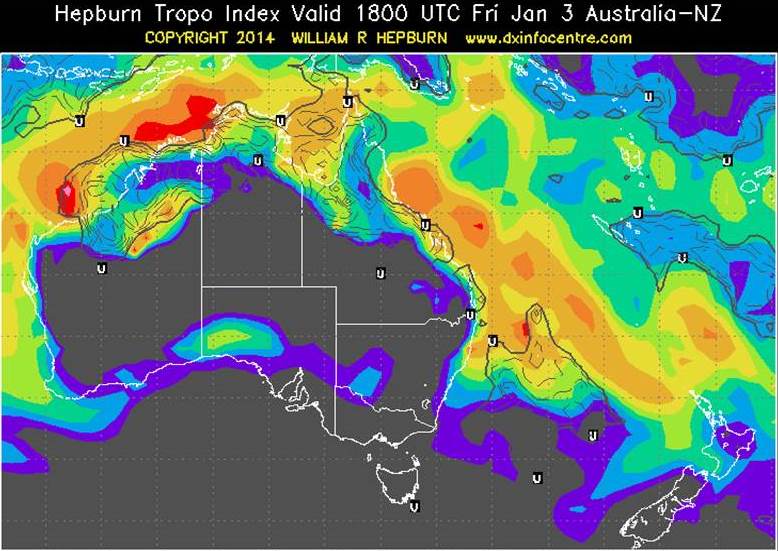
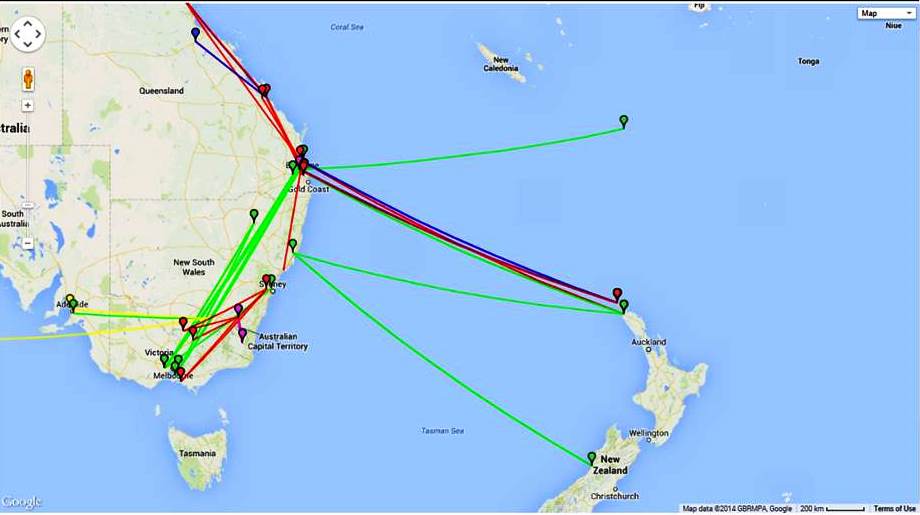
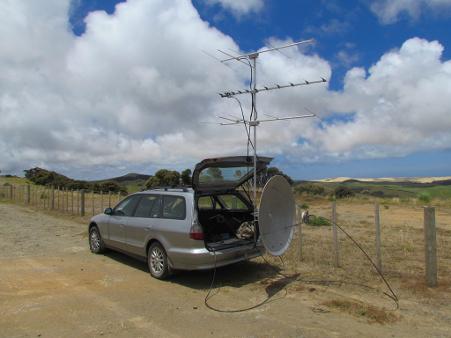
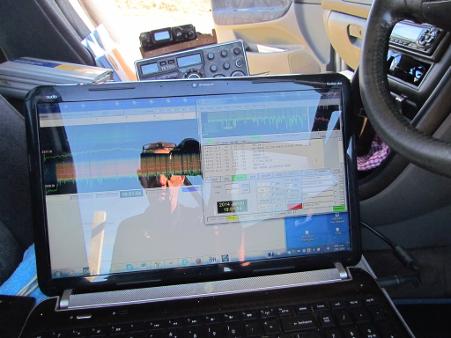
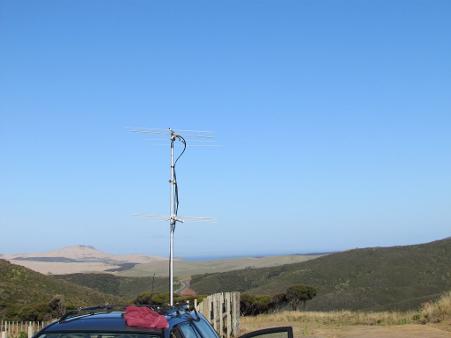
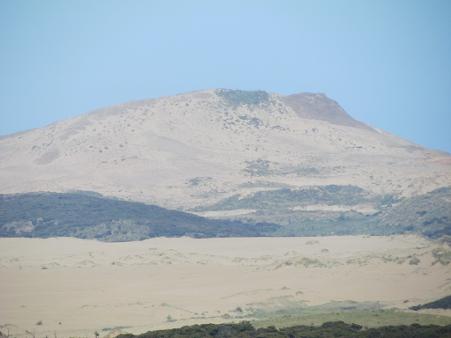
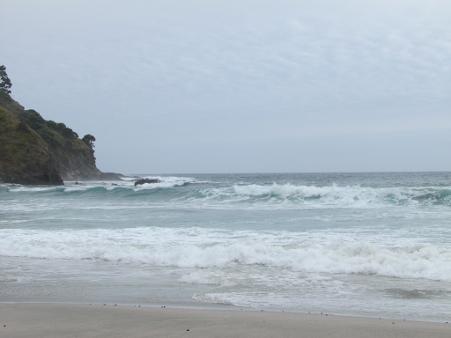
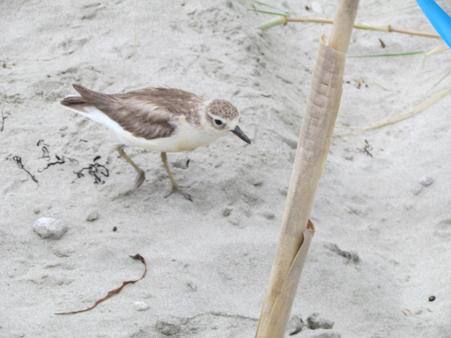
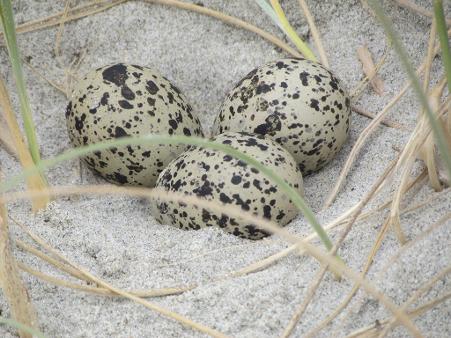
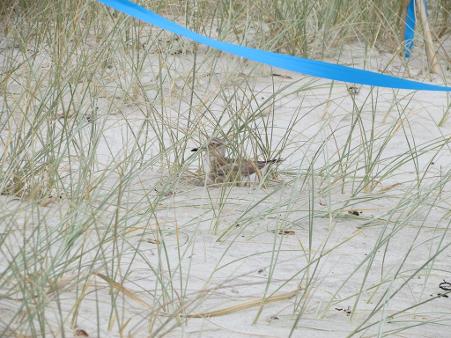
Above 4 pictures: The New Zealand dotterel/tūturiwhatu is an endangered species found only in this country. It was once widespread and common but there are only about 1700 birds left. This serious decline in numbers is due to a combination of habitat loss, predation by introduced mammals and disturbance during breeding.
Located the Dotterel and eggs at Tapotupotu bay at the top
of New Zealand January 2014